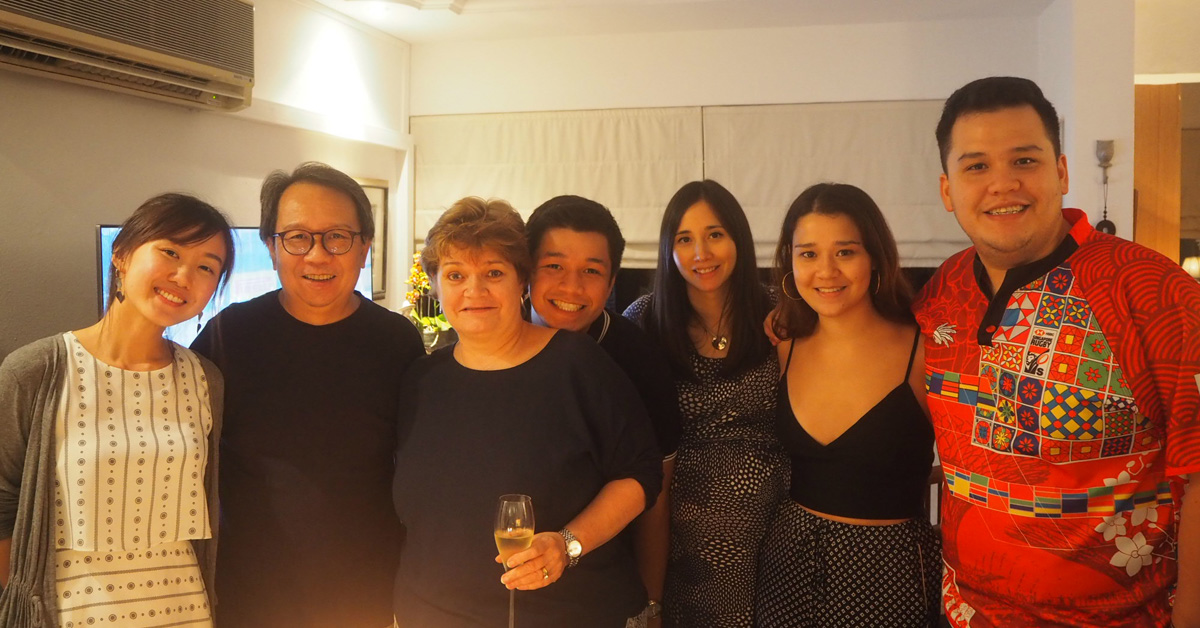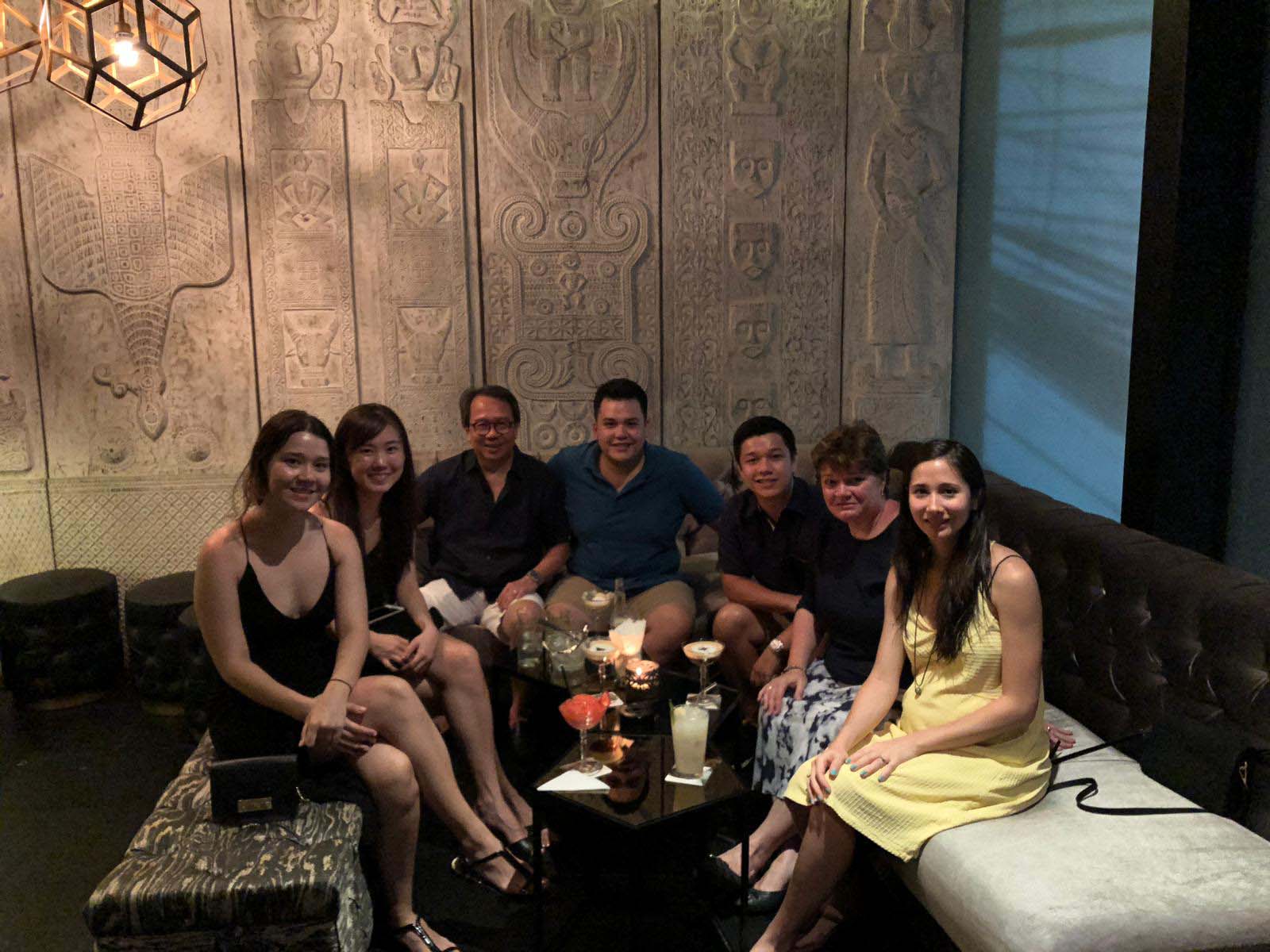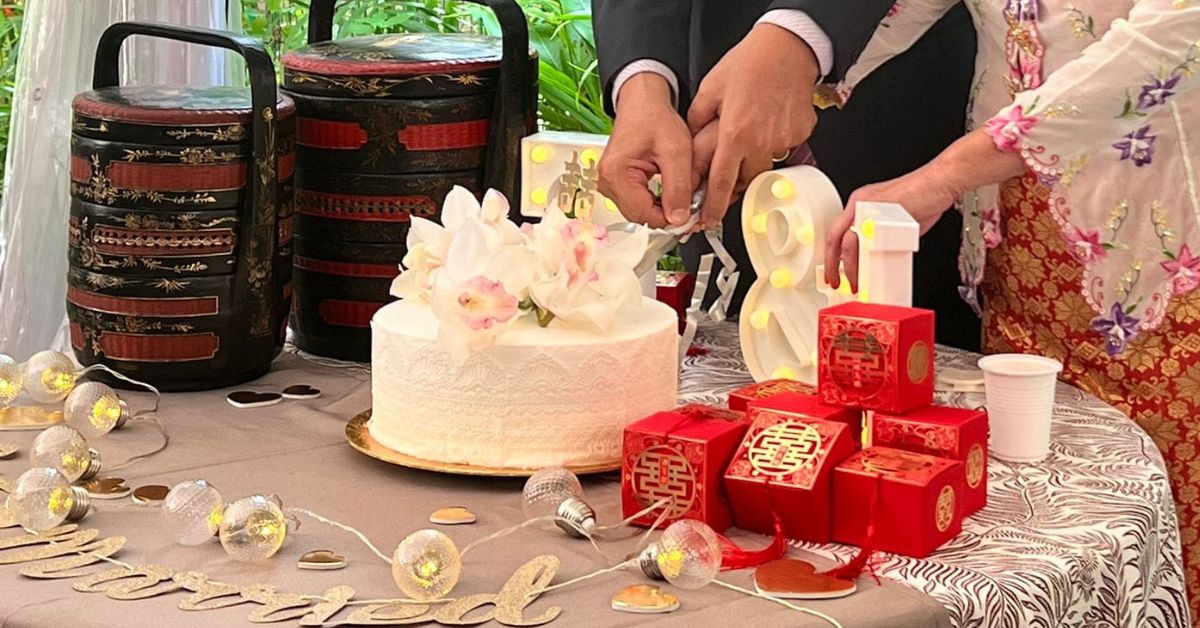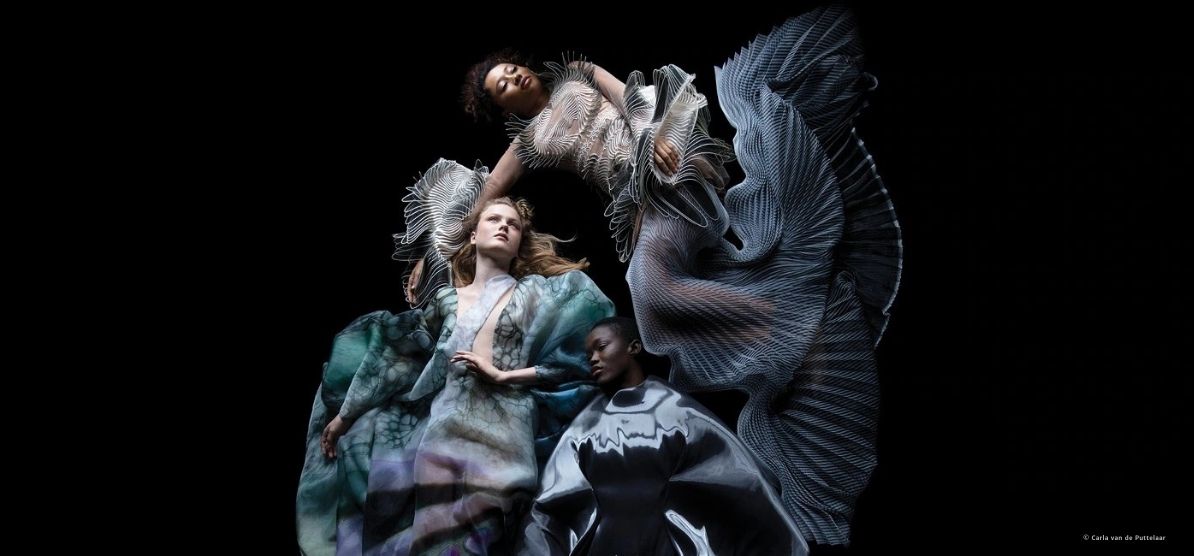
There are many aspects that make a successful marriage, and an interracial relationship is no different.
Nearly 1 in 5 marriages in Singapore today are between people of different races, but this hasn’t always been the case.
In 1985, the percentage of interracial marriages was less than half of what it is today, but that didn’t stop Mr and Mrs Seah from falling in love and tying the knot.
Mr Seah, a Chinese Singaporean, and Mrs Seah, an Englishwoman, weren’t the typical couple 36 years ago but they’ve forged a relationship that has lasted decades — raising a blended family that values both cultures.
We sat down with the couple to discuss what it’s been like building a culturally blended household and how they’ve grown together through the years.
Advertisement
How did you meet?
“We met while working together at the British High Commission,” Mrs Seah begins. The couple started dating after about a year and got married two years later. “The High Commission was very social after working hours, so we spent a lot of time together. We both married at the age of 26,” Mrs Seah adds.
Did you face any obstacles in your relationship along the way?
While friends and colleagues were all very supportive and truly happy for them, Mrs Seah’s parents had some initial apprehension but they never said no to the relationship and it was the same for Mr Seah’s parents.
“It was more related to my ability to provide for Liz as opposed to me being of a different nationality. I understood it since it was a concern for Liz’s future,” Mr Seah responds.
Like any parents, they wanted to ensure the best for their only daughter but the racial aspect was not really a consideration. “They eventually accepted that we were going to get married and overtime we grew to have a very strong relationship,” he continues.
Being in a mixed marriage, with two different cultures, the couple did face challenges along the way as they had different ways of approaching certain situations.
They agreed from an early stage in their relationship that they would always discuss and decide on the best approach to a problem.
“We tried very hard to adopt both cultures, especially in the upbringing of our children. We took what we thought was the best from both,” says Mrs Seah.
The couple ensured that their family viewed each culture with equal importance, celebrating both Singaporean and Western festivities and taking values from both cultures.
“If we ever came to a point where a decision had to be made but we could not agree, we would agree to disagree but do it for each other,” says Mr Seah.
“One of us may sulk for a few days, but we would just get over it,” Mrs Seah adds.
Despite their differences at times, the couple stood by their personal beliefs while supporting and respecting one another when faced with an obstacle.
What cultural differences have you noticed throughout your relationship?
Chinese Singaporeans, and the majority of Singaporeans in general, often hold filial piety in high regard. Mr Seah was no exception and would give his parents a portion of his earnings.
“Being from the West, I value time spent with my loved ones more,” Mrs Seah mentions. She was never expected to care for her parents financially in the same way, so this was something she had to learn to understand.
However, Mrs Seah wasn’t the only one who had to adjust to certain cultural differences. “Chinese culture believes in not talking back to elders as a form of respect,” says Mr Seah. But raising children in a blended family for them meant that they would not take exception if their children voiced their own views and thoughts.
“We encouraged them to do so but always in a respectful and objective manner. We may disagree with them and we always explained why but at least they knew they were given an opportunity to say what’s on their minds.”
How do you feel about recent cases of racial discrimination?
“We think it is a case of upbringing coupled with perhaps an innate bias that comes from ignorance. The question to address is whether there is any intent to hurt the other with such comments or make themselves feel good,” the couple asserts.
Mr and Mrs Seah share the same sentiments as Ngee Ann Polytechnic alumna, Nurul Fatimah Iskandar, believing that we shouldn’t fool ourselves into thinking discrimination occurs in isolated incidents only and should not be dealt with through knee-jerk actions.
“Sadly, these biases have been prevalent so we need to allow people not to be afraid to talk about it, so that it can be systemically addressed,” Mr Seah affirms. The couple believe that in order to get past the stage of complacency as a nation and achieve inclusivity, we must all start thinking on behalf of others.

What advice do you have to offer to other parents out there?
“When your kids get to a certain age, you have to start listening and not just telling,” says Mrs Seah. Whether you have an international, interracial or monocultural family, the Seahs believe that you have to raise your children to think for themselves and that has to start with parents being willing to communicate. “It’s not just about ‘go study’, ‘clean up’, or family dinner. When they start to have opinions, you have to listen – start becoming friends, not just parents,” Mr Seah notes.
When two people of different nationalities and culture decide to have a relationship and become a couple, it would suggest that innately there’s no racial bias to begin with and jointly they have what it takes to make things work. If there is objection among the family, then one would hope the love for the child would be strong enough to support them in their decision and embrace the relationship.
They might not have had the same blueprint growing up, but Mr and Mrs Seah’s underlying values are the same – your character is what creates an impact – on your relationship and on your children. And while it’s okay to have different opinions, what’s most important is that you take the other person’s thoughts and feelings into account and that you respect them, regardless of their age, race or nationality.




